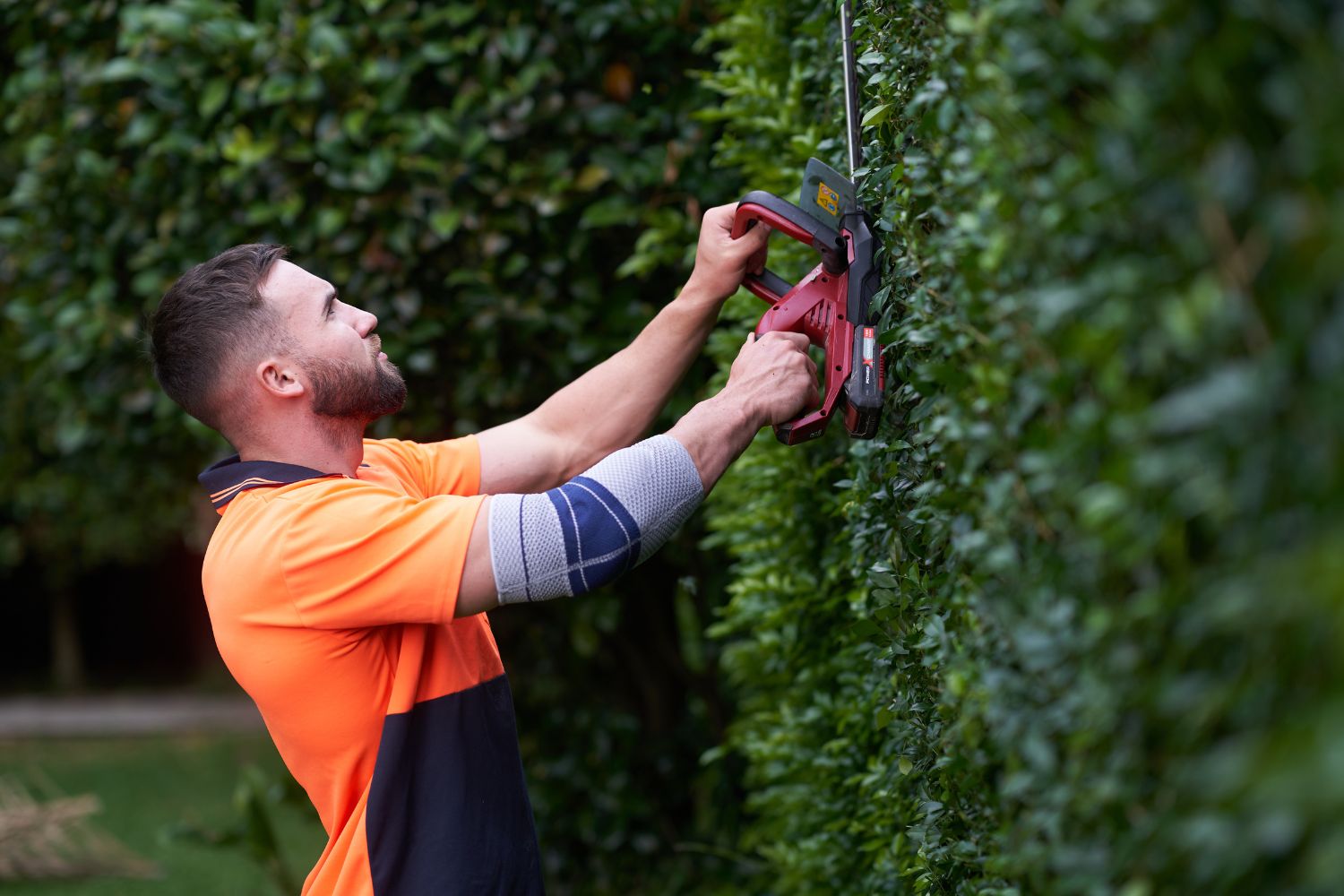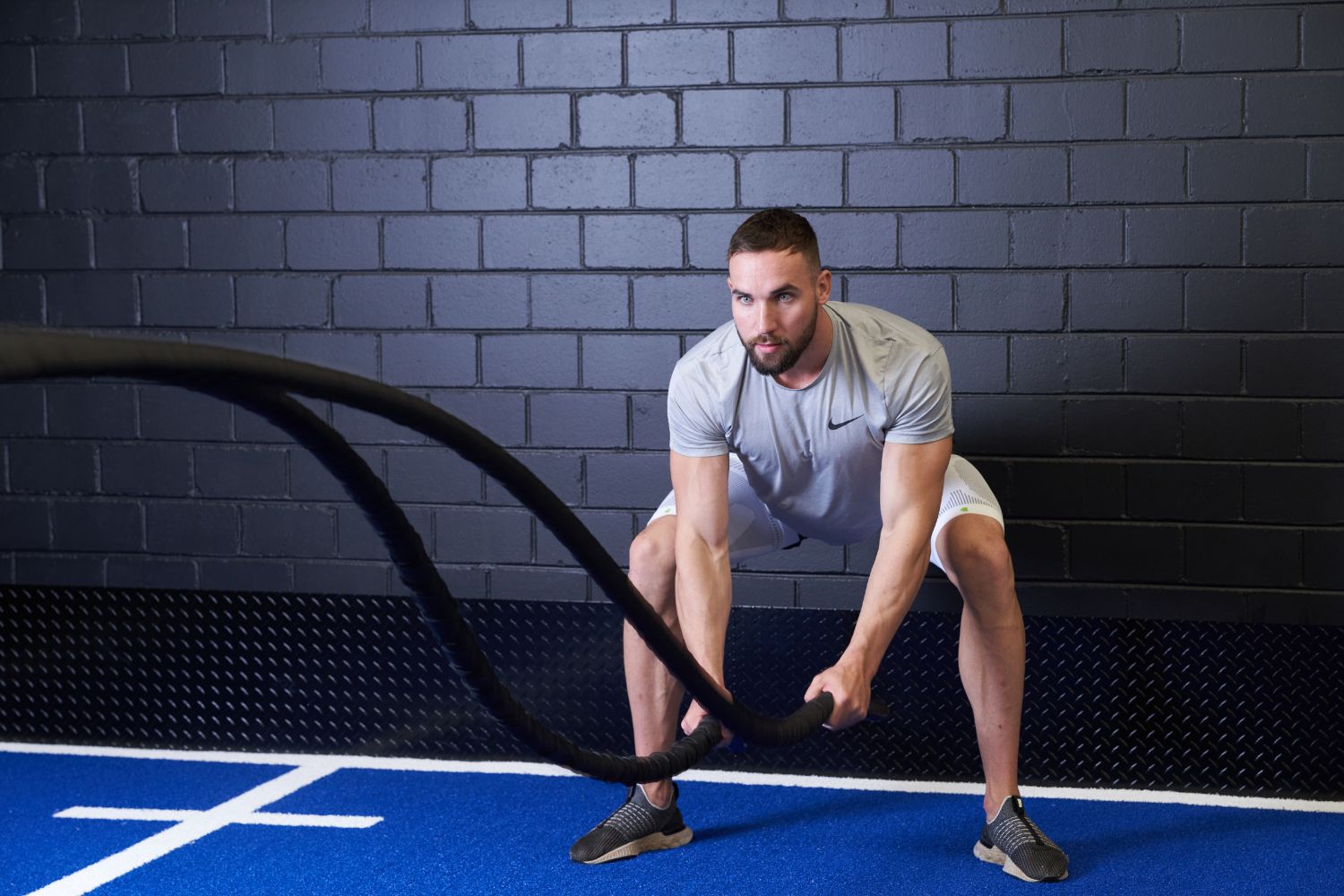Are you getting elbow pains while gardening? It could be a case of Gardener’s Elbow - tendonitis that creeps up after a long day of trimming, digging, and weeding. The bad news is that elbow tendonitis can make gardening difficult (and even stop you from doing the activity altogether) if you leave it unaddressed. But the good news is there are steps you can take to manage it. Without further ado, here’s how to treat Gardener’s Elbow.
What is Gardener’s Elbow?
Gardener’s Elbow isn’t an actual medical condition, technically speaking. Instead, it’s a term used by gardeners for elbow tendonitis (either Tennis or Golfer’s variety, or sometimes both) that develops during or due to gardening work.
Elbow tendonitis begins when the tendons attaching your forearm muscles to the bony protrusions on your elbow get damaged. When you do a lot of repetitive hand motions, the forearm muscles can start to fatigue, and the tendons pick up the slack. Over time, these tendons get more and more microscopic tears, eventually becoming painful, stiff, and inflamed. You may also experience difficulty gripping things and moving your forearm muscles.
If you’re feeling these symptoms, it’s best to take action ASAP. Continuing to strain your tendons and forearm muscles can lead to degeneration and potentially chronic tendonitis.
How to treat Gardener's elbow
Rest
The first step to treating an overuse injury is rest. Ideally, you should avoid gardening and other activities that irritate the injury for a few days. We know it’s not really possible not to use your hands. Just try to reduce how much you use them.
Brace

EpiTrain Elbow Brace
Next, brace your elbow. Compression braces are excellent for tendonitis since they reduce swelling while boosting blood flow to the injured tendon. Our EpiTrain Elbow Brace is made of medical-grade knit that will maximise these effects.
It is also made with thousands of meshes that provide targeted pressure to your muscles, helping them send and receive messages to and from the brain. Hence, your forearm muscles will work to protect the joint better as you move. The epicondyle pads, meanwhile, will massage the tender tendons, relieving pain.
Ice and heat
Ice is good for the initial stages of the condition to ease swelling. Simply apply an ice pack over the pain point for 15-20 minutes a few times a day. You should not ice the injury for longer than 3 days. The cold is good for curbing swelling, but too much can start slowing the healing process as blood flow to the injury site slows (and so does the delivery of essential vitamins and nutrients.
Heat, on the other hand, should not be used in the initial warmth, redness and inflammation stages as it can worsen swelling. But a heat pack or soaking your arm in some warm water can be beneficial for reducing the tension that often accompanies tendonitis and promoting blood flow to healing tissues.
Exercise

Specific exercises will boost circulation to the damaged tissues and get them moving to aid the healing process:
- Golfer’s Elbow Stretch to gently stretch the forearm
- Isometric wrist flexion and extension to strengthen the forearm
- Thoracic extension to stretch the upper back and shoulders, which will reduce the pull on your injured elbow tendons.
See how to do these exercises and more in our Golfer’s Elbow Exercises article!
Visit a clinician
It’s always a good idea to seek specialist advice. A physiotherapist or osteopath will help determine the severity of your condition and recommend the next steps. Their massage and manual manipulation techniques can also help mobilise the joint and tendons. And last but not least, they can tell you when it’s safe to start gardening again.
Take it easy
As you get back into gardening, make sure to wear an elbow support to minimise strain on your healing tendon. As you go about your tasks, pay attention to how your elbow responds to various activities. If it feels okay, carry on. If it starts aching, take a break. If the pain doesn’t die down after a few minutes, it might be best to give your elbow a couple more days to recover (depending on your clinician’s advice).
Invest in the right tools
The right handles can make all the difference in your gardening endeavours. Luckily, there are plenty of ergonomic and even arthritis-friendly options that will help take the edge off your elbow tendons as you get back into gardening.
To sum up
Gardener’s Elbow (aka elbow tendonitis) can be a difficult condition to work with. The swelling, stiffness, and pain that often accompany the condition may make it hard to move your hands, much less carry out strenuous gardening tasks that involve gripping, pulling, and force. Fortunately, giving your elbow some rest, ice and heat therapy, and a quality elbow brace can relieve pain and speed the healing process along so you can get back to maintaining and beautifying your garden.
If you require assistance selecting the right product for your needs or wearing the brace, call us on 098015660 or contact us via live chat.
Do you have private health? Most private health extras will cover Bauerfeind Products. Check to see if yours is included. Bauerfeind Private Health Insurance Inquiry.
















